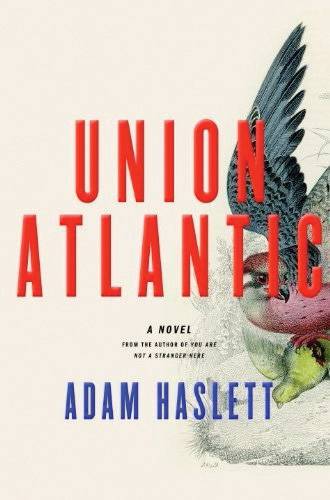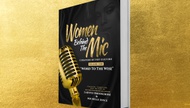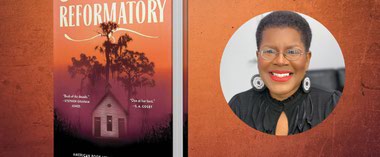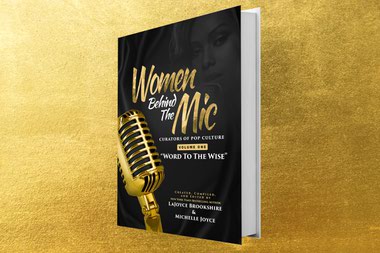Adam Haslett’s Union Atlantic is a timely, even prescient, work of fiction—it offers a lucid perspective on the manner in which the greed and venality of a privileged few can drive the economy beyond the brink of collapse. To paraphrase one of the principal characters, a retired historian, Union Atlantic is an effort to portray “history’s reckless imagination” of the 21st-century world.
The novel begins with a prologue set in the port of Bahrain in early July 1988, shortly after the USS Vincennes, a guided-missile cruiser, shot down an Iranian civilian airliner as it was crossing the Straits of Hormuz. Here we meet Doug Fanning, a member of the ship’s bridge crew, and possibly the man who pushed the button that sent the 290 people onboard Iran Air 655 to their deaths. Now he is planning the next step of the career that will take him from the Navy to, some 12 years later, his position as a senior manager at Union Atlantic, a rapidly expanding commercial bank.
The Details
- Union Atlantic

- Adam Haslett. Nan A. Talese, $26
At the start of 2001, where the narrative picks up, Fanning has moved from killing to making a killing. As the head of foreign operations and the vaguely named “Department of Special Plans,” he has set in motion a number of bold schemes of questionable legality to capitalize on the Bush administration’s deregulation of the banking and finance industries. He uses some of his newly acquired fortune to buy a plot of land in fictional Finden, Massachusetts, where he builds what he calls a “casino of a house,” designed to make “the envying types envious.”
His neighbor, Charlotte Graves, is not the envying type. To her, the house is a galling, “steroidal offense.” A teacher of history, she is a familiar New England type: Hard-bitten and puritanically severe, fiercely and skeptically intelligent, a loner, Charlotte sees herself as taking a principled stand against the intrusions of Fanning and his kind. As we join her, her interior jeremiad has begun to drift from the confines of her mind into the mouths of her companion dogs, one of whom assumes the incendiary language of Malcolm X, while the other becomes a shaggy Cotton Mather, full of an orotund rhetoric of sin, repentance and apocalypse, if not now, then pretty damn soon. Charlotte seeks to substantiate a tenuous legal claim to her neighbor’s land, and thereby oust the interloper and raze his house.
Between Graves and Fanning, traveling back and forth from the former’s crumbling, “shingled little box of a house” to the latter’s antiseptic, largely unfurnished mega-mansion, is Nate Fuller, a sensitive, sorrowful 17-year-old who comes to Graves to be tutored in history and subsequently initiates a sexual relationship with Fanning, who is neither gay nor not-gay. A further connection between the neighbors and their symbolic houses, one that connects the real-estate theme with that of Fanning’s shady trading ventures, comes by way of Charlotte’s brother, Henry, who happens to be the president of the New York Federal Reserve Bank. The chairman and CEO of Union Atlantic is also a Finden resident and the father of one of Nate’s friends.
Small world. Some might object to these coincidences, but they have long been the stock in trade of novelists—what would Dickens be without them? A more serious problem arises from the motivations of Haslett’s characters. What makes these people tick? Henry Graves is clearly intended as a foil to the handsome, unscrupulous Doug Fanning. Custodian of the “invisible architecture of trust” that undergirds global finance, he is an honorable but dull man.
Readers of Haslett’s first book, You Are Not a Stranger Here, a collection of short stories that was nominated in 2002 for both a Pulitzer and the National Book Award, will quickly see the resemblance between Nate’s masochistic affair with Fanning and the far more brutal affair entered into by the narrator of “The Beginnings of Grief.” Nate’s relationship with Charlotte Graves recalls another story from the earlier collection.
Union Atlantic feels as if the concentrated matter of the short stories has been spread over a much larger canvas, with a resulting dilution of pigment, blurring of outline and weakening of form. In an effort to elicit our sympathy, Haslett allots to all of his main characters some core of personal grief. Fanning has abandoned his aloof, alcoholic mother; Nate’s father has recently hanged himself; Charlotte cherishes the memory of a lover who died, decades ago, from a heroin overdose; Henry is a recent widower. Within the narrowly focused frame of Haslett’s short fiction, this is a powerful, efficient way of creating a credible character: For Haslett, it is our wounds that give depth and dimension to our lives. Yet in the novel, the repetition of technique makes it feel mannered and mechanical, a sort of novelistic tic.
A blurb on the jacket of Union Atlantic praises the book as the “first great novel of the new century.” While Haslett’s strengths as an artist—his wide-ranging intelligence, generosity, and compassion—suggest he is capable of writing a novel that would be fully adequate to our perplexing age, Union Atlantic is not that book. A qualified success, it represents the development of Haslett’s talent, not its fulfillment.







Previous Discussion: